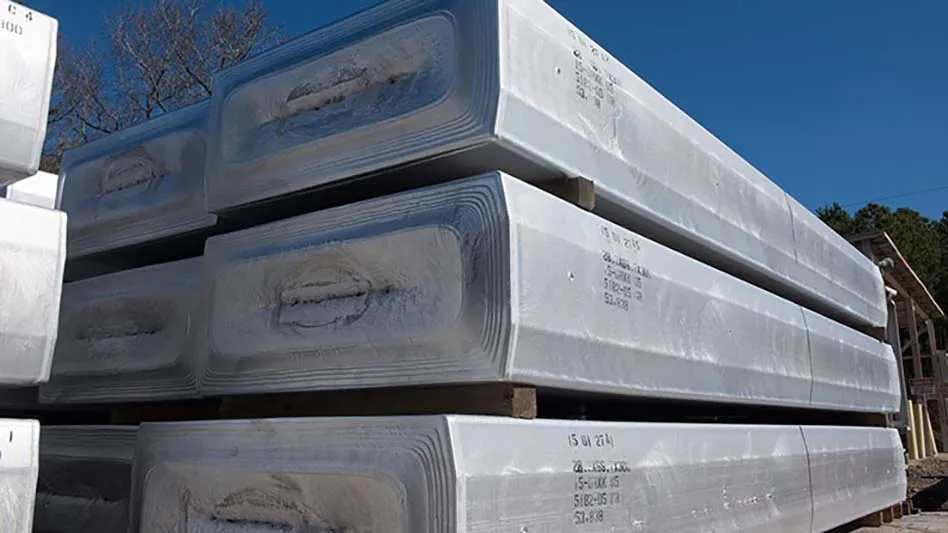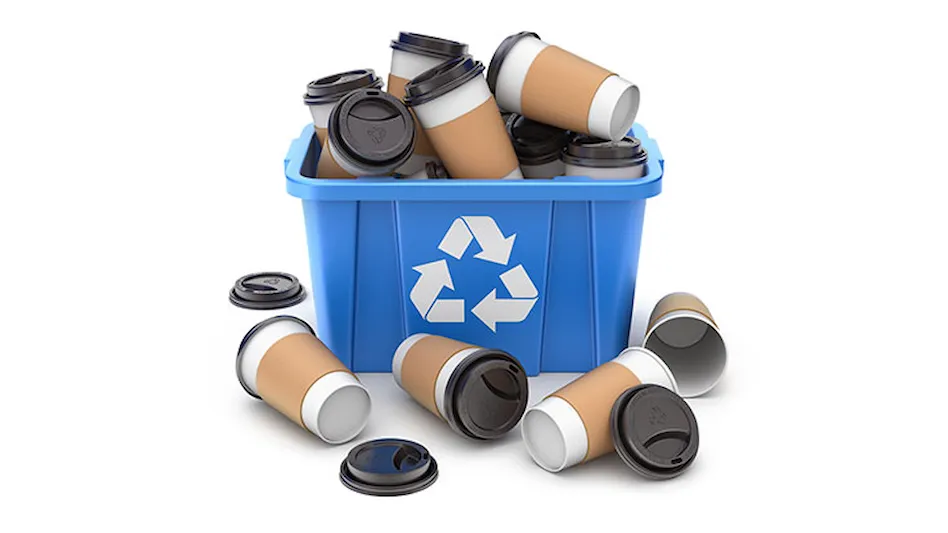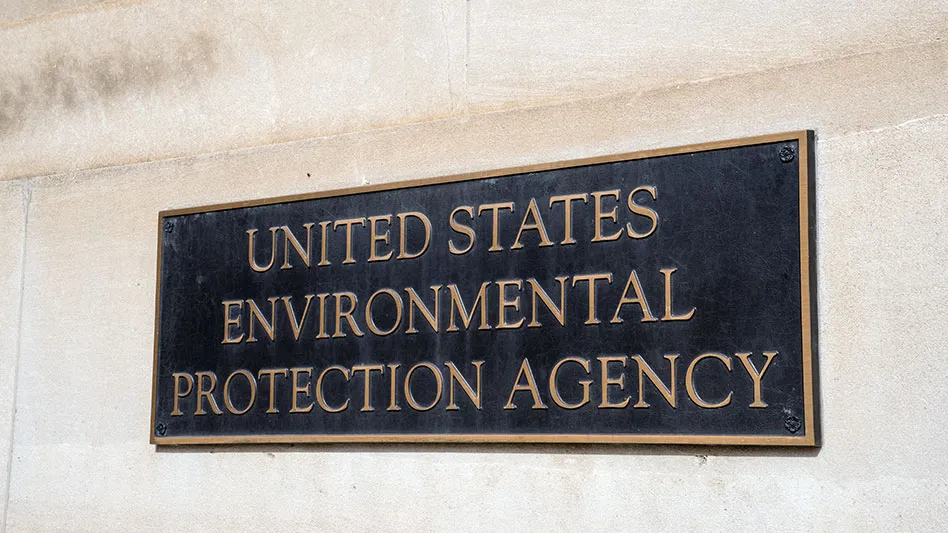
The roughly one-year stretch from September 2015 to October 2016 offered very few highlights for ferrous scrap processors and traders, with a sustained lull in prices resulting in equally sustained limits on scrap volumes.
Things finally started to get a little better for scrap collectors and processors in November 2016, when steel mills paid from $25 to $30 per ton more for ferrous scrap. The November 2016 buying period started a trend toward rising pricing that lasted through the first quarter of 2017.
The positive pricing momentum helped scrap processors fill orders and receive a better payoff while also possessing inventories that were rising in value rather than falling or stagnating, as they had during the previous one-year stretch.
As 2017 nears its midway point, however, signs indicate that momentum in the always-volatile steel and ferrous scrap sectors is changing again, with warning signals being seen on the supply and demand sides.
Bouncing back
By September 2016, ferrous scrap recyclers had become used to receiving bad news with each new round of price negotiations with domestic mills or export brokers.
In speaking to Recycling Today for its upcoming monthly market report, Greg Dixon, CEO of Kentucky-based Smart Recycling Management (SRM), said at that time, “Ferrous scrap flows into yards have been very slow. September pricing will be weaker, which will decrease that flow further. Many shredders are [already] running reduced hours and continue to look for new ways to utilize their equipment.”
Another recycler based in the southern United States told Recycling Today in September 2016, “The latest scrap drop [in pricing] has reduced flows into most scrap yards by 50 percent or more from July and August volumes.
The situation finally started to improve in November, when tight supplies and some revived demand combined to move prices back up by around $25 per ton in domestic markets and as much as $50 per ton to some export destinations.
Much like the New York Stock Exchange, the ferrous market seemed to experience a “Trump bump” postelection, whether based on anticipation of an improved overall national economy, a business-friendly Washington dominated by Republicans or an expectation within the steel industry that some potential Trump allies would champion the cause of domestic steelmaking.
The momentum carried into the first quarter of 2017 and seemed to be buoyed not only by the appointment of a former steelmaker (Wilbur Ross) as Secretary of Commerce but also by domestic steel output figures that showed improvement compared with early 2016.
In the first eight weeks of 2017, figures from the Washington-based American Iron and Steel Institute (AISI) showed steel output in the U.S. rising by 4.7 percent compared with the same period in 2016. In the week ending March 11, 2017, domestic mills were operating at a 75.6 percent capacity rate compared with 72.1 percent during the same week in 2016.
All of this news provided a welcome reprieve from the dismal one-year stretch that preceded it, when pricing for even prime scrap—as measured by American Metal Market’s index for No. 1 busheling scrap—fell to as low as $161 per ton in November and December 2016.
Some recyclers contacted about long- and medium-term scrap pricing trends for an April 2017 article (“Floors and Ceilings,” starting on page 54 of that issue) believe ferrous scrap may have approached its floor price at that point.
Jerry Miller, chairman of Winona, Minnesota-based Wm. Miller Scrap Iron & Metal Co., said that while he does not rule out that No. 1 heavy melting steel (HMS) scrap could hit a floor of $100 per ton, he does not see conditions in the near term that would drop it much below $150 per ton.
With prices above $300 per ton for most grades in March 2017 and into early April, the market has levitated comfortably above those floors thus far in the first half of the year.
Albert Cozzi, a director with Bellwood, Illinois-based Cozzi Recycling, observed, “Today, if scrap goes below $100 per ton at the scale, the flow dries up. Additionally, even though we have not had much inflation for the last couple of decades, we have still averaged 2 to 2.5 percent per year. Consequently, the $100 per ton scrap of 1998 converts into $160 to $175 per ton in today’s dollars,” he adds.
With prices above $300 per ton for most ferrous scrap grades in March 2017 and into early April, the market has levitated comfortably above those floors thus far in the first half of the year. However, as 2017 entered its second quarter, some signs were beginning to emerge that the market’s momentum could be nearing another turning point.
Not so easy
Investors in the New York Stock Exchange expressed votes of confidence in the November 2016 election results based on the overall trends in securities values of U.S.-based companies between November 2016 and March 2017.
That same period coincided with good news within the ferrous scrap and steel sectors as well, helping to snap the previously mentioned year-long struggle for steel or scrap prices to gain any upward momentum.
As the year 2017 entered its second quarter, however, some signs began to emerge that continued good fortune for the sector may not be as easy as changing the occupant at 1600 Pennsylvania Ave.

United States steel output declined in the final week of March compared with the week before, potentially signaling a stall in the sector’s momentum after having been characterized by rising output through much of 2017’s first quarter.
The AISI reports domestic steel output of 1.69 million tons in the week ending April 1, 2017. That output figure is down by 1.9 percent compared with the 1.72 million tons produced the week before. The sector’s mill capacity rate also dropped from 72.8 percent the week ending March 25, 2017, to 71.4 percent the following week.
An early April 2017 online report from the Munster, Indiana-based Northwest Indiana Times took a closer look at the steel production figures for the AISI’s Great Lakes region.
According to the newspaper, the 657,000 tons of output in the Great Lakes region in the week ending April 1, 2017, was down 1.35 percent from the 666,000 tons produced the week before. The report says it marks the third consecutive week of declining output in the Great Lakes region.
Low-cost steel imports from China continue to receive much of the blame for America’s sub-75 percent mill capacity rate. In its analysis of the month of March 2017, AISI says imported steel accounted for 26 percent of overall U.S. market share. However, Turkey, South Korea and Japan were the largest volume shippers of that steel, not China.
In early April, eight U.S. senators have sent the president a request to enforce restrictions on low-cost steel imports. The senators (from Illinois, Michigan, Minnesota, Missouri, Pennsylvania and West Virginia) wrote a letter to President Trump April 5, 2017, “to urge [him] to address Chinese steel dumping and overcapacity during your meeting with Chinese President Xi Jinping next week.”
The text of the letter, available on the website of Sen. Amy Klobuchar (D-MN), also states in part, “China produces half of the world’s steel supply and [its] production is heavily subsidized. The impact of Chinese steel produced with these unfair methods of competition and other illegal practices has profoundly harmful impacts on our national economic health and our nation’s national security interests.”
At that same time, scrap processors were beginning to report that inventory levels at scrap yards and steel mills in the United States had risen noticeably in March, creating a situation that often signals a change in pricing momentum toward the down side.
Trading places
Ferrous scrap recyclers in the United States are best served with a healthy domestic steel sector placing consistent orders for large quantities of scrap. Recyclers—especially those on the Atlantic and Pacific coasts—can find a certain amount of relief when overseas demand for ferrous scrap grades increases.
The overall trend for recyclers in the United States has been to watch demand for ferrous scrap subsiding year over year through most of this decade. It could be some consolation that the decline in 2016 was small compared with the previous two years.
The overall trend for recyclers in the U.S. has been to watch demand for ferrous scrap subsiding year over year through most of this decade.
According to statistics maintained by the United States Census Bureau and the United States Geological Survey (USGS), processors exported 12.7 million metric tons of ferrous scrap in 2016, down 2.3 percent from the 13 million metric tons shipped out the previous year.
Of that 12.7 million metric tons, 3.17 million (24.9 percent) were shipped to Turkey, followed by 1.49 million to Mexico (11.7 percent) and 1.37 million (10.8 percent) to Taiwan. Shipments to those three countries accounted for nearly half of the ferrous scrap exported.
While Mexico increased its purchasing of U.S. scrap in 2016, both Turkey and Taiwan bought significantly less scrap than in the year before. Turkey’s 2016 purchases dropped by more than 20 percent (from nearly 4 million metric tons in 2015), while Taiwan’s ferrous scrap imports dropped by more than 16 percent.
In addition to Mexico, among the nations that brought in more ferrous scrap from the U.S. in 2016 compared with the year before were Pakistan, Thailand and Vietnam. However, the total volume of any of those nations runs well behind that of the “big three.”
Of the two nations that round out the top five importers, one stayed relatively level in its purchases in 2016 while another dropped considerably. India went from 1.10 million metric tons in 2015 to 1.11 million in 2016, while South Korea’s buying volume dropped by 22.2 percent from 1.09 million metric tons in 2015 tons to 898,000 metric tons in 2016.
Early steelmaking figures for 2017 present a mixed picture as to which nations are on an early track toward rising production. While Americans might have been pleased to see a 3.5 percent rise in U.S. output in the first two months of 2017 compared with January-February 2016, the nation was not alone in pumping out more steel.
China, the world’s largest steelmaker and a nation often accused of churning out subsidized steel, boosted its output by 5.8 percent in the first two months of the year. The 128.8 million metric tons China produced during those first two months of 2017 equaled nearly half of the global total of 264.4 million metric tons of output for the period.
Because China typically is not a large buyer of U.S.-generated ferrous scrap, recyclers in the United States may be more pleased to see the 14.1 percent rise in Turkish output in early 2017 or the 12.1 percent gain for Indian steelmakers. If those nations compete for material in the eastern half of the nation late into 2017, it can help provide positive pricing pressure throughout the United States.

Explore the May 2017 Issue
Check out more from this issue and find you next story to read.
Latest from Recycling Today
- Domestic ferrous scrap market remains on ‘sideways’ trajectory
- GFL reports revenue increase in first quarter
- Guardian Data Destruction names new CEO
- Bulking up
- Greenmantra says polymer additives optimize customer’s HPDE pipe
- Pure Loop celebrates ISEC shredder-extruder at NPE
- New Alpla PET wine bottle cuts carbon emissions
- Ascend Elements, Call2Recycle to offer customized EV battery services





